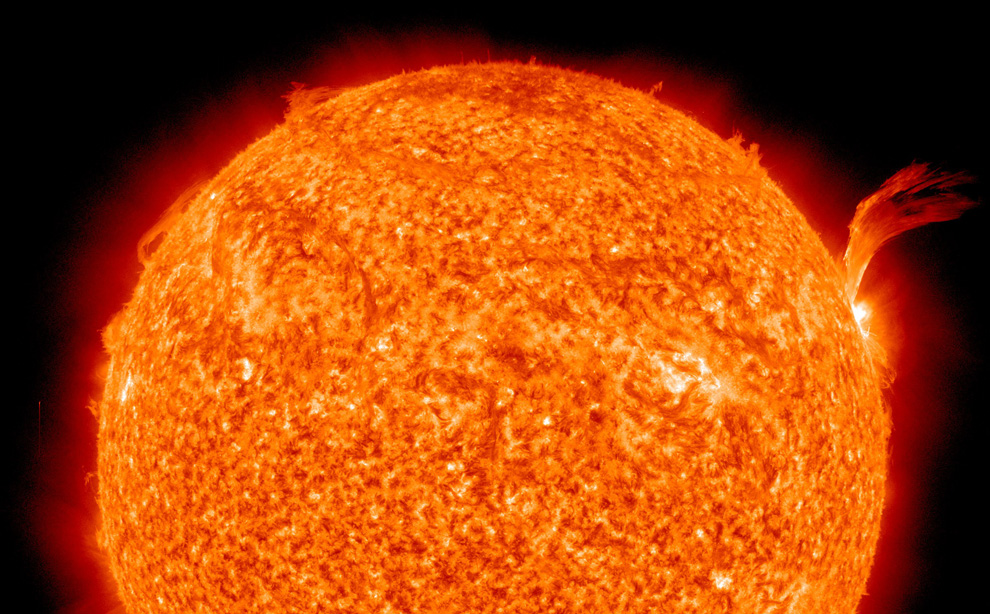
On Sept. 8, 2010, a C3-class solar flare erupts from the Sun. Just as a sunspot was turning away from Earth on Sept. 8, the active region erupted, producing a solar flare and a fantastic prominence. The eruption also hurled a bright coronal mass ejection into space. (NASA/SDO)
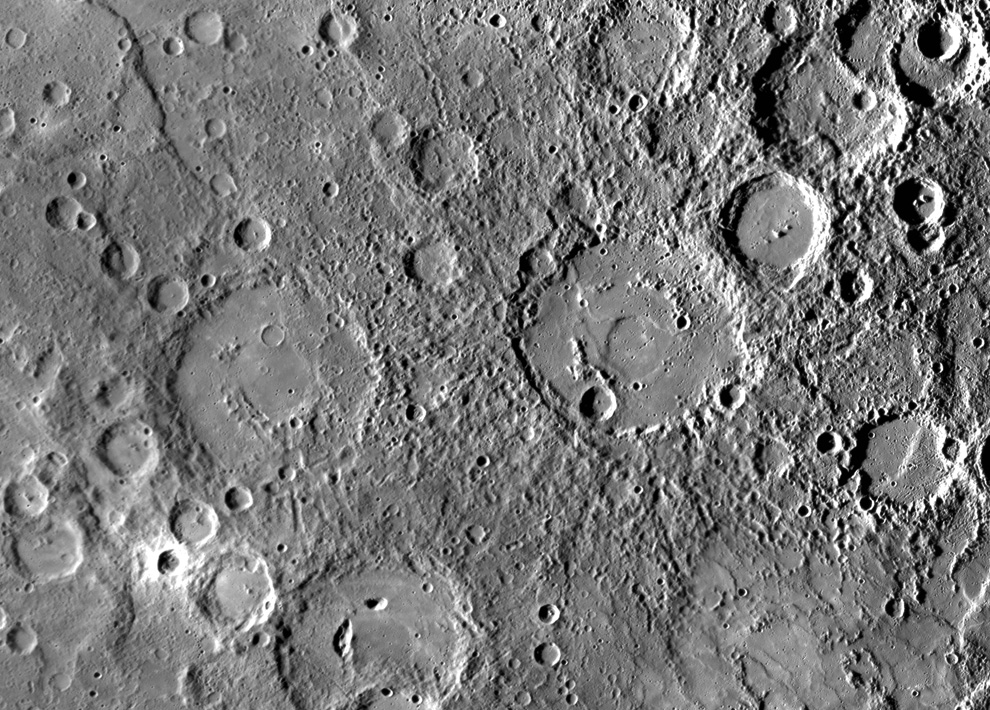 2
2
Features on the surface of Mercury, including craters Kipling (lower left) and Steichen (upper right). Image taken on September 29, 2009 by NASA's MESSENGER spacecraft. (NASA/Johns Hopkins University Applied Physics Laboratory/Carnegie Institution of Washington)
# 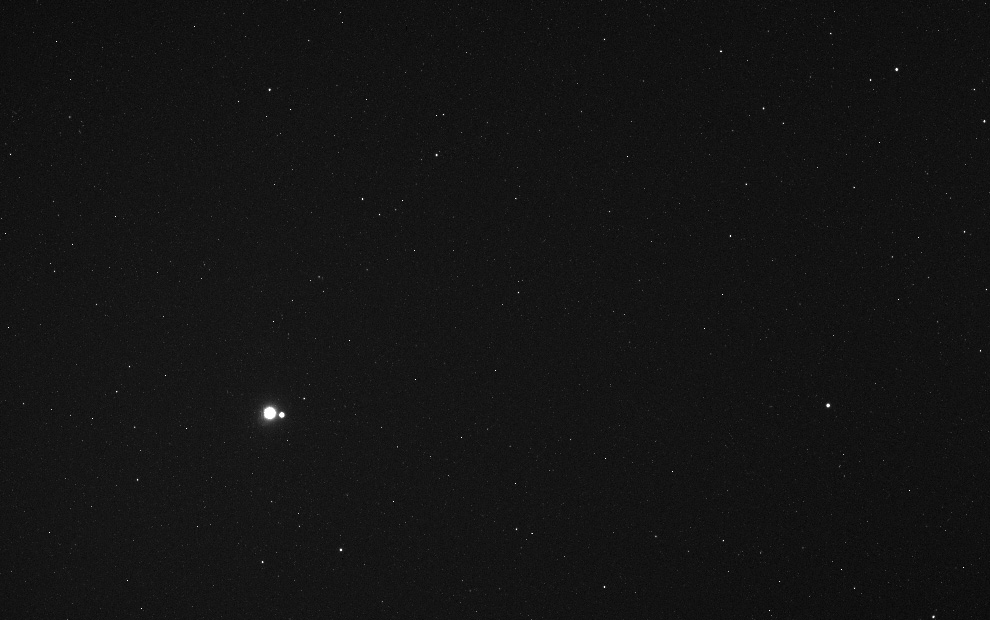 3
3
Earth and the Moon from afar - when NASA's MESSENGER spacecraft took this image on May6, 2010, it was 183 million kilometers (114 million miles) away. North is toward the bottom of the image. (NASA/Johns Hopkins University Applied Physics Laboratory/Carnegie Institution of Washington)
# 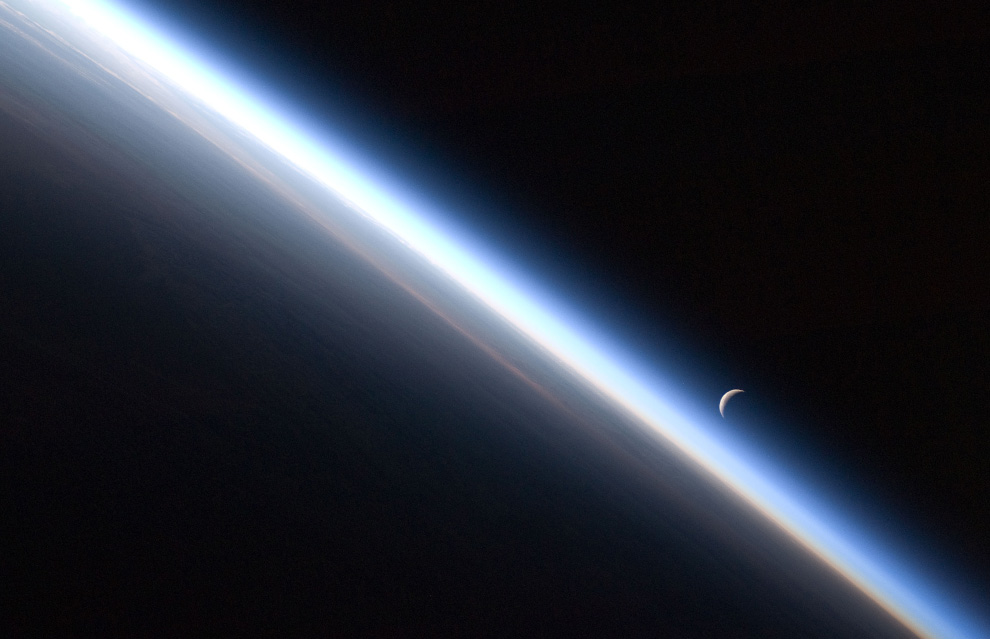 4
4
A setting last quarter crescent moon and the thin line of Earth's atmosphere are photographed by an Expedition 24 crew member as the International Space Station passes over central Asia on Sept. 4th, 2010. (NASA)
# 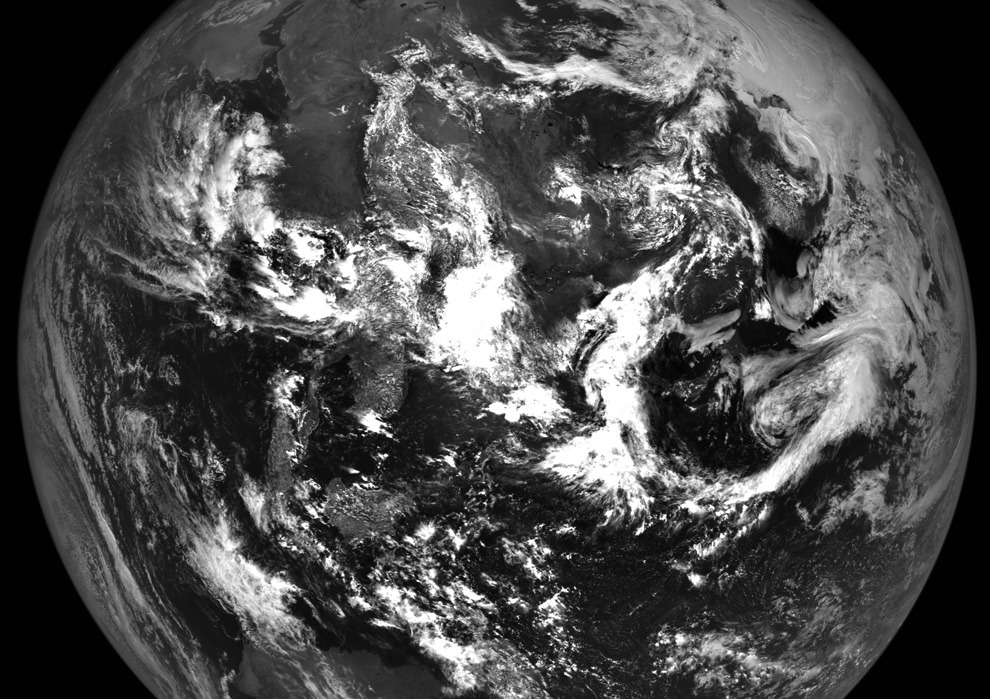 5
5
The Earth as seen from the Moon on June 12, 2010. NASA's Lunar Reconnaissance Orbiter (LROC) team created this mosaic of images snapped on 12 June 2010 during a calibration sequence. (NASA/GSFC/Arizona State University)
# 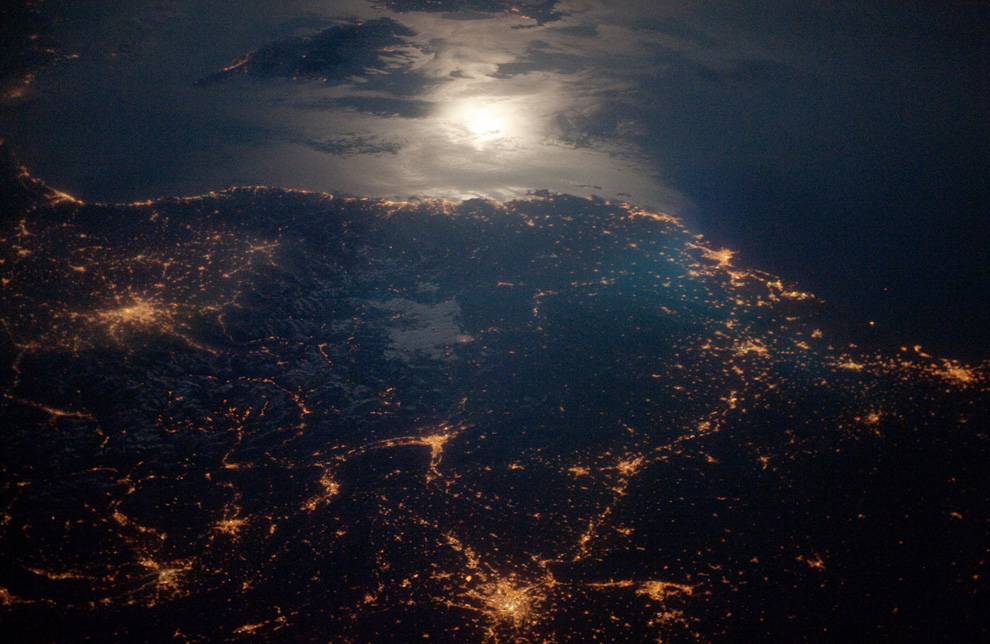 6
6
Brightly lit metropolitan areas of Torino (Italy), Lyon, and Marseille (both in France) stand out amidst numerous smaller urban areas in this dramatic photograph taken by a member of the ISS Expedition 23 crew on April 28, 2010. (NASA/JSC)
# 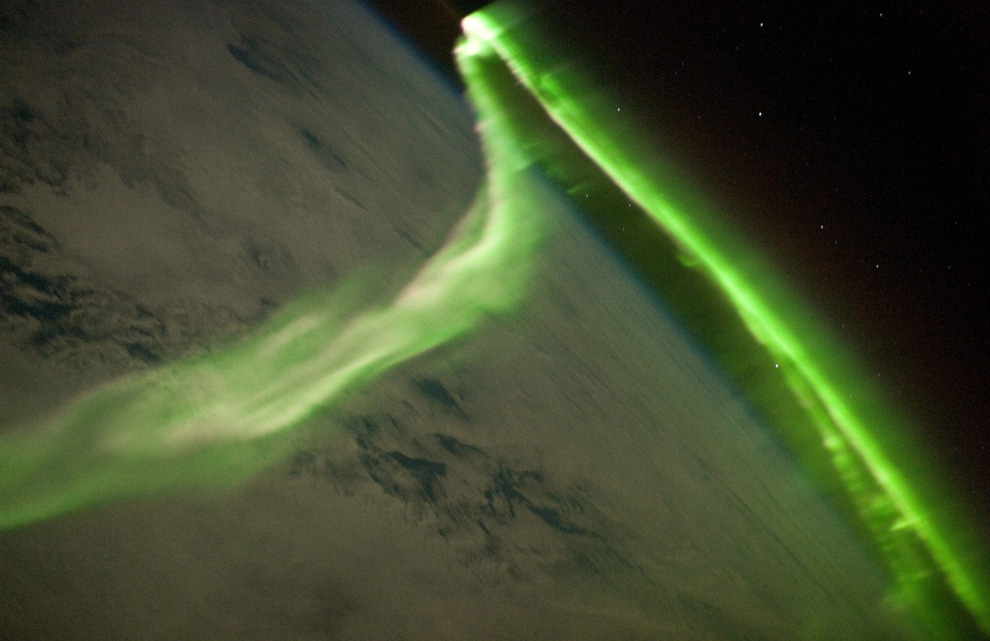 7
7
Aurora Australis seen above the Earth in this image taken by a member of the ISS Expedition 23 crew on May 29, 2010. (NASA/JSC)
# 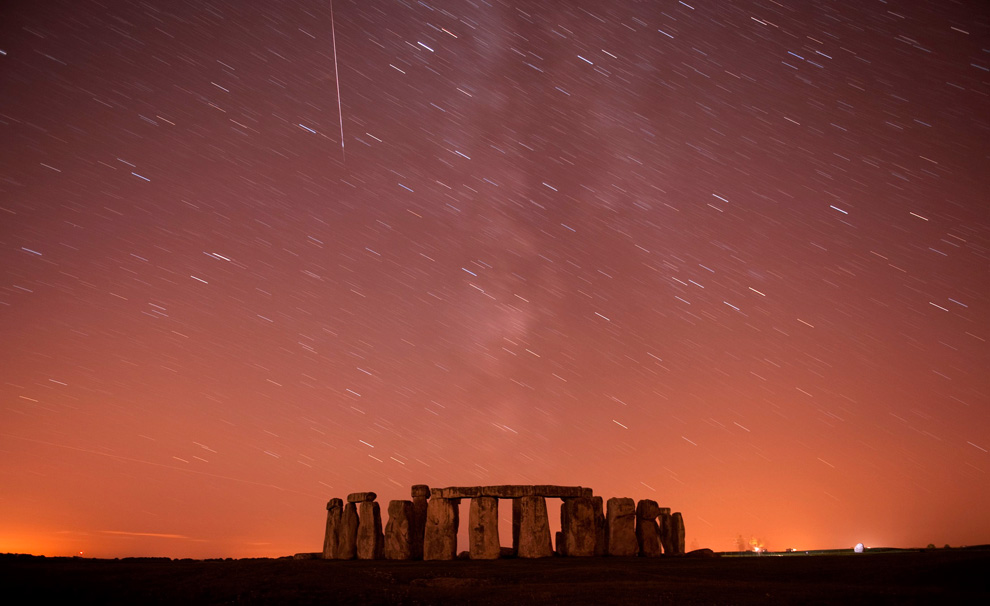 8
8
A meteor streaks past stars in the night sky over Stonehenge in Salisbury Plain, southern England on August 12, 2010. The Perseid meteor shower is sparked every August when the Earth passes through a stream of space debris left by comet Swift-Tuttle. Picture taken using a long exposure. (REUTERS/Kieran Doherty)
#  9
9
The Mertz Glacier flows off East Antarctica along the George V Coast, and on January 10, 2010, the Advanced Land Imager (ALI) on NASA's Earth Observing-1 (EO-1) satellite captured this true-color image of an iceberg that had broken off the glacier tongue. (NASA Earth Observatory/Jesse Allen/NASA EO-1 team)
#  10
10
Photo taken by astronaut Douglas H. Wheelock aboard the International Space Station on August 22nd, 2010. "The beauty of Italy, on a clear summer night, stretching out into the Mediterranean Sea. You can see many of the beautiful islands lit up and adorning the coastline including Capri, Sicily, and Malta. The city of Naples and Mt. Vesuvius stand out along the coast." (NASA/
Douglas H. Wheelock)
# 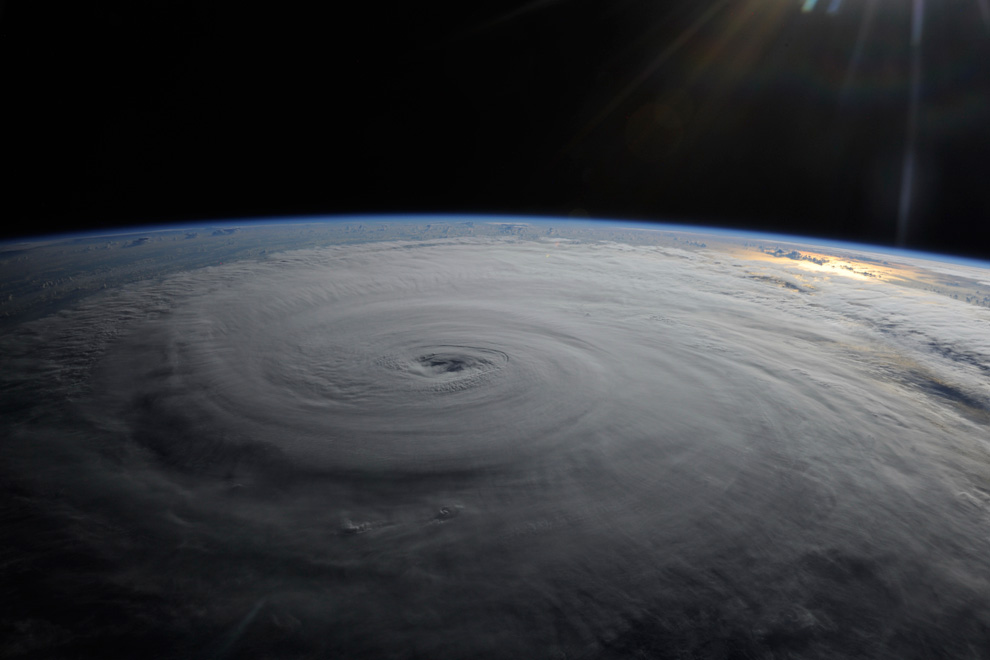 11
11
Hurricane Danielle seen from low Earth orbit on on August 28th, 2010. Photo taken by astronaut Douglas H. Wheelock aboard the International Space Station. (NASA/
Douglas H. Wheelock)
# 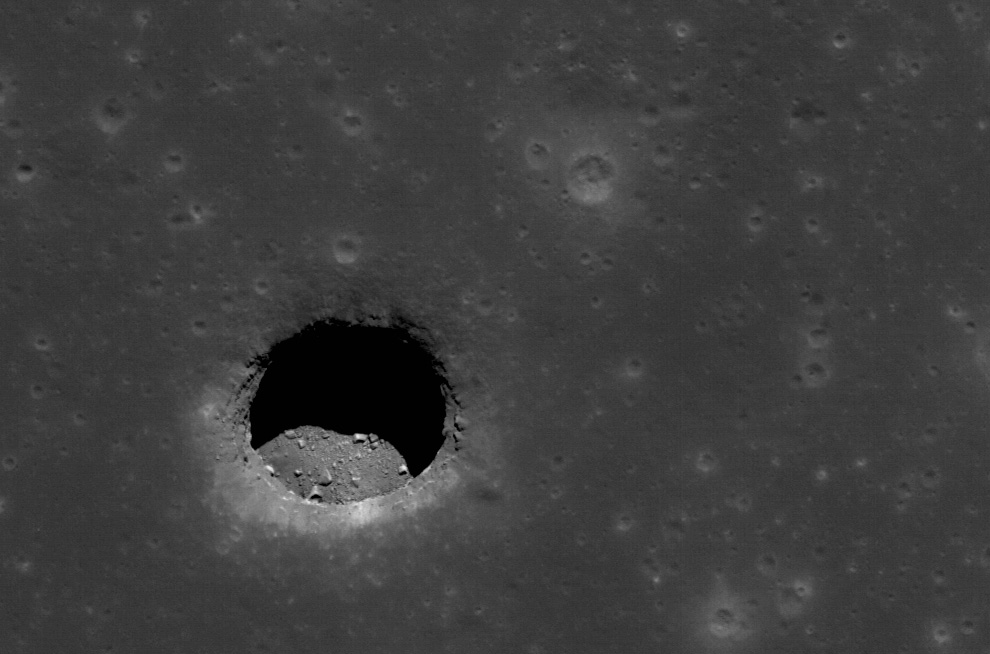 12
12
A pit in the Moon - this high Sun view of the Mare Tranquillitatis pit crater on Earth's Moon reveals boulders on an otherwise smooth floor. Image is approximately 400 meters wide, taken on April 24th, 2010. (NASA/GSFC/Arizona State University)
# 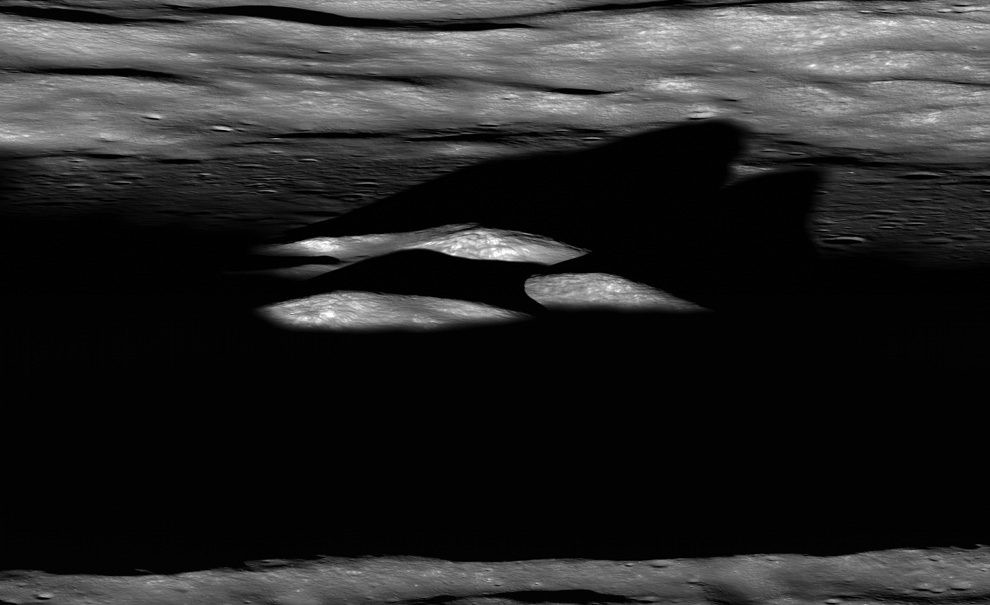 13
13
The Sun's Last rays strike the central peak of Bhabha crater on Earth's Moon just before sunset. Image taken on July 17th, 2010. (NASA/GSFC/Arizina State University)
# 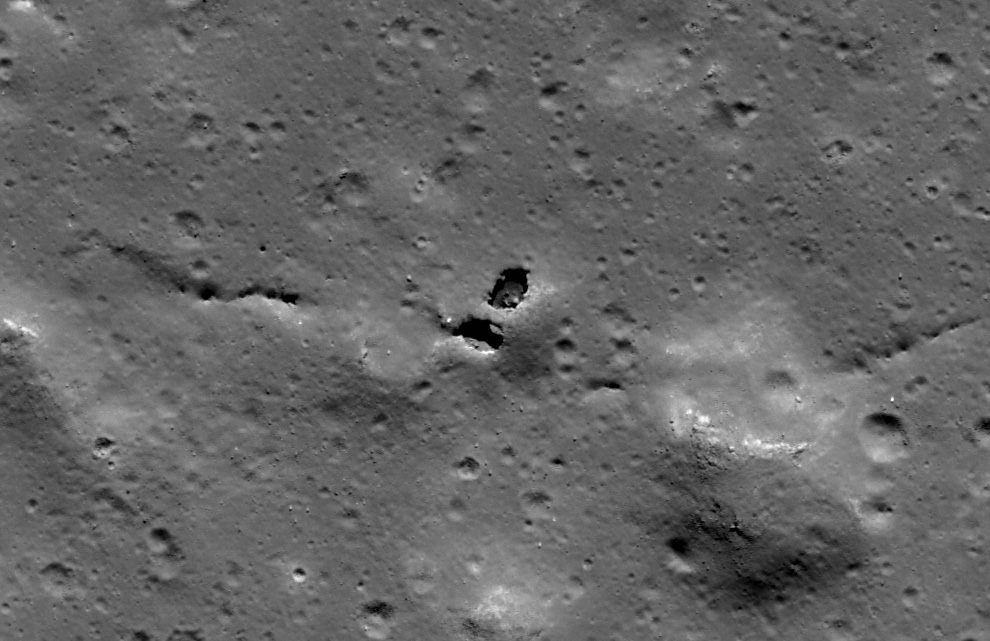 14
14
NASA's LROC spacecraft reveals a natural bridge on the Moon. From the LROC
website: "How did this natural bridge form? The most likely answer is dual collapse into a lava tube." Image taken in November of 2009. (NASA/GSFC/Arizona State University)
#